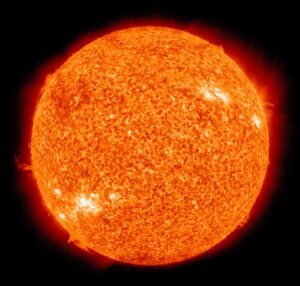RSVP HERE TO GET THE ZOOM DETAILS: https://marylandnature.wildapricot.org/event-4521822
Stars are the most widely recognized astronomical object. Though we have been looking at them for thousands of years, there is still much to learn. Astronomers want to know how they form, why some are larger than others, why some exist in pairs and others stay single, why some have one planet and others, like ours, have a group of planets. Stars are also the building blocks of galaxies and planets. As Carl Sagan famously said, “We are made of star stuff”.
The James Webb Space Telescope will reveal the properties of forming stars and planets with unprecedented details. In the fourth presentation in the James Webb Experience, Elena Sabbi, a scientist from the Space Telescope Science Institute (STScI) will discuss how astronomers will use the James Webb Space Telescope data to understand how and where stars and planets form, how the environment affects the formation and evolution of stars, and the ability of planets to support the development of life.
Elena Sabbi studies star formation and stellar evolution in the young massive clusters of the Milky Way and nearby galaxies. She is interested in how local and global conditions shape the early evolution of stars and clusters, primordial binaries’ properties, and the initial mass function. Sabbi is the PI of several HST programs, including the Hubble Tarantula Treasury Project (HTTP) and GULP: Galaxy Legacy UV Project. At STScI, she leads the Near-Infrared Spectrograph (NIRSpec) Branch, the team responsible to characterizing and maintaining the multi-object spectrograph of the James Webb Space Telescope. This instrument will allow astronomers to determine physical properties such as temperature, chemical composition, and distance for hundreds of stars, planets and galaxies at a time.
RSVP HERE TO GET THE ZOOM DETAILS: https://marylandnature.wildapricot.org/event-4521822

